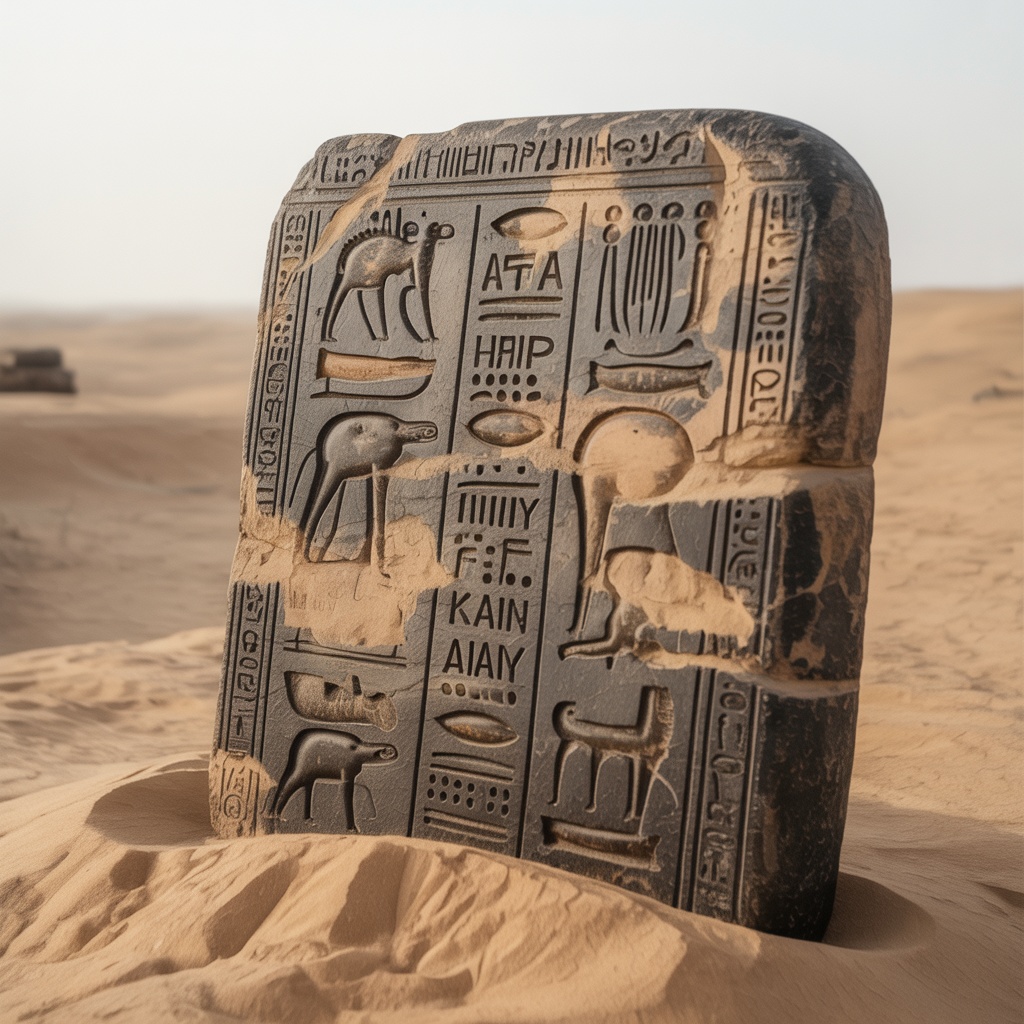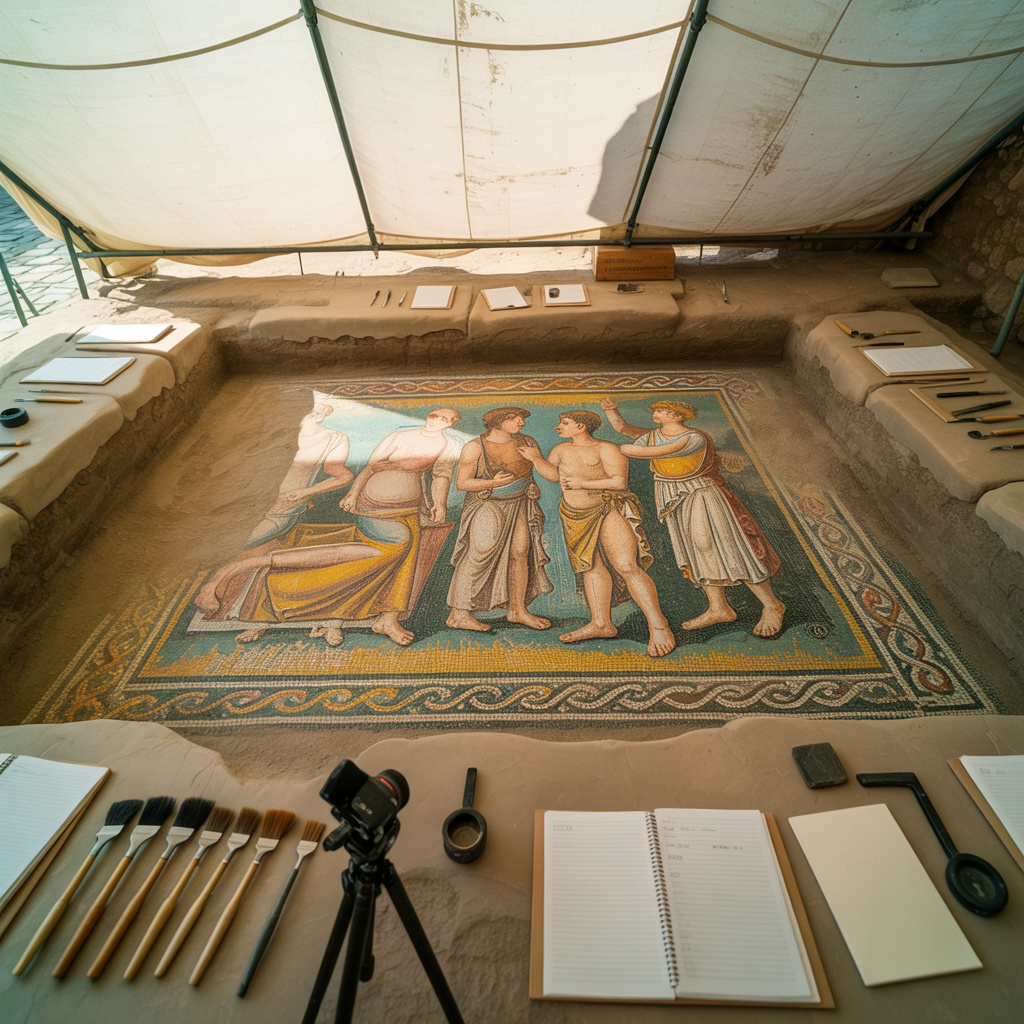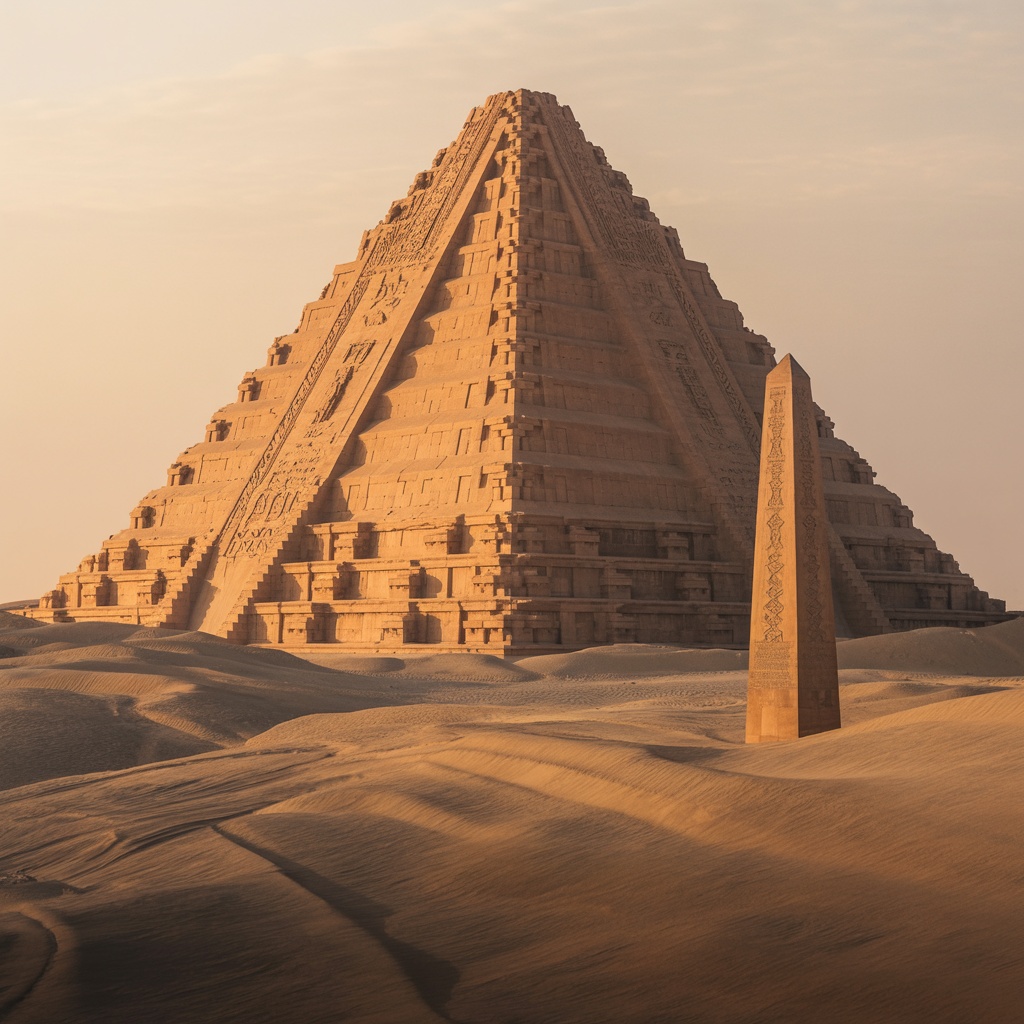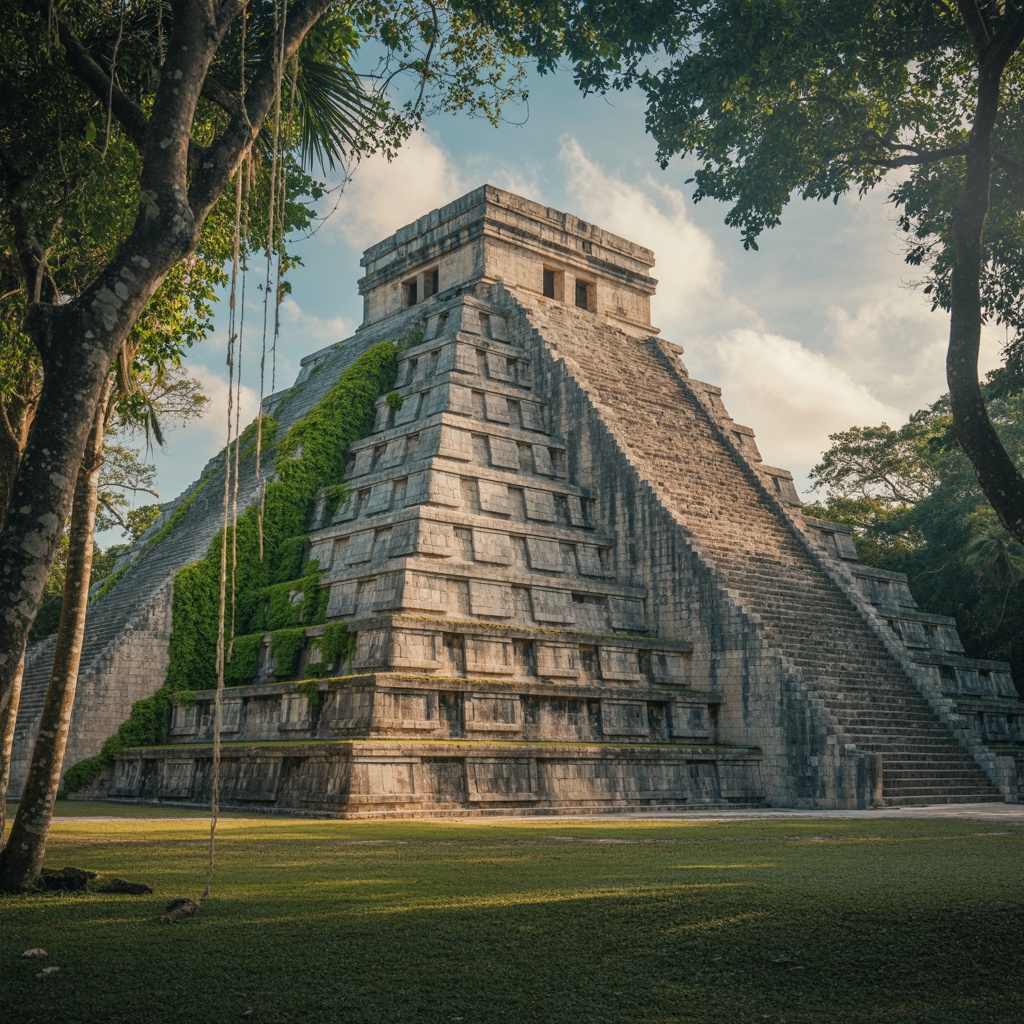Mayapan stands as the final chapter in the story of great Maya political centres, a walled city that dominated the Yucatán Peninsula from approximately 1220 to 1440 CE. Whilst sites like Chichen Itza and Uxmal capture more tourist attention, Mayapan offers archaeologists and informed visitors a unique window into the Maya Postclassic period, when political confederacies replaced divine kingship and architectural styles evolved to reflect changing social structures.
As specialists in archaeological expedition planning, we've guided numerous research teams and cultural heritage enthusiasts through Mayapan's 4.2 square kilometres of ruins. This comprehensive guide examines the historical significance, architectural achievements, and ongoing mysteries surrounding this remarkable yet underappreciated archaeological treasure.
The Historical Context of Mayapan
Mayapan emerged during a transformative period in Maya history. Following the collapse of major Classic period cities like Tikal and Palenque, and after the decline of Terminal Classic centres including Chichen Itza, the Maya reorganised into regional confederacies. Mayapan served as the political capital of one such confederation, the League of Mayapan, which united numerous Yucatec Maya groups under a shared governance structure.
The city's foundation around 1220 CE represented a deliberate attempt to recreate the political and religious authority of earlier Maya capitals. The ruling Cocom dynasty established Mayapan as both an administrative centre and a place where elite families from subordinate cities were required to maintain residences—essentially a system of political hostages ensuring loyalty from allied provinces.
The Political Structure of Late Maya Society
Unlike earlier Maya cities ruled by divine kings (k'uhul ajaw), Mayapan operated under a council-based system called multepal or "joint rule." Multiple noble lineages shared political authority, with the Cocom family holding first position among equals. This governmental evolution reflected broader changes across Mesoamerica during the Postclassic period, with parallels observable in Aztec Triple Alliance governance structures that developed later.
Archaeological evidence suggests Mayapan housed between 15,000 and 17,000 residents at its peak, making it one of the largest Maya cities of its era. The city's influence extended across most of the Yucatán Peninsula, with archaeological remains indicating trade networks reaching as far as Central Mexico, Guatemala, and Belize.
Architectural Features of Mayapan

Mayapan encompasses over 4,000 structures within its defensive walls, making it one of the most densely populated Maya sites known to archaeology. The site's architecture reflects both continuity with earlier Maya traditions and innovations specific to the Postclassic period.
The Castillo de Kukulkan
Mayapan's main temple pyramid, known as the Castillo de Kukulkan or Temple of Kukulkan, deliberately mimics the famous pyramid at Chichen Itza. Standing approximately 15 metres tall, this structure demonstrates how Mayapan's rulers sought to establish legitimacy by referencing the architectural achievements of their predecessors. However, the construction quality differs noticeably from Chichen Itza's precision-engineered pyramid—Mayapan's version uses cruder masonry with liberal amounts of mortar, reflecting either reduced resources or changed construction priorities.
The pyramid features four stairways ascending to a temple summit, with serpent balustrades flanking the northern stairway in clear homage to Chichen Itza's design. Archaeological excavations revealed that the pyramid underwent multiple construction phases, with earlier structures buried beneath the visible temple—a common Maya practice called architectural superimposition.
The Round Temple (Temple of the Circular Altar)
One of Mayapan's most distinctive structures is its round temple, associated with the wind god Kukulkan (the Yucatec Maya equivalent of Central Mexican Quetzalcoatl). Round temples dedicated to wind deities appear throughout Mesoamerica during the Postclassic period, reflecting increased cultural exchange between Maya and Central Mexican civilisations following the Toltec expansion.
The temple's circular design departs dramatically from the predominantly rectangular Maya architectural tradition, demonstrating foreign influence whilst maintaining Maya artistic expression through carved serpent motifs and traditional stucco decoration.
Elite Residential Compounds
Mayapan's residential archaeology provides exceptional insights into Maya urban life. Elite compounds featured colonnaded halls, private shrines, and courtyards—architectural elements that distinguish high-status residences from commoner dwellings. Archaeological analysis of household remains reveals detailed information about diet, craft specialisation, and social hierarchies within the city.
One fascinating discovery involves the presence of foreign elites residing in distinct quarters of the city. Ceramic and architectural styles in certain compounds suggest residents maintained cultural connections to Central Mexico, possibly representing merchant communities or political envoys living within Mayapan whilst maintaining their distinct ethnic identities.
The Defensive Walls and Fortification
Unlike many earlier Maya cities, Mayapan was enclosed by a massive defensive wall spanning approximately 9.1 kilometres and reaching 3 metres in height. This fortification represents a significant departure from the open ceremonial centres characteristic of Classic period Maya architecture. The wall's existence speaks to the political instability and warfare that characterised the Postclassic period.
The wall featured 12 main gates providing controlled access to the urban core. Archaeological investigation has revealed that these gateways were strategically positioned along major sacbeob (raised Maya causeways), facilitating both defensive control and commercial taxation. Guards stationed at these gates could regulate the flow of goods and people, generating revenue whilst protecting the political elite residing within.
Archaeological Discoveries and Research

Carnegie Institution Excavations
The most extensive archaeological investigations at Mayapan occurred between 1951 and 1955 under the Carnegie Institution of Washington's Maya research programme. These excavations mapped the city's layout, identified major architectural groups, and established the chronological framework still used today. Harry Pollock's survey work documented over 4,000 structures, providing the foundation for all subsequent research.
Recent Archaeological Advances
Contemporary archaeological projects at Mayapan employ technologies unavailable to earlier researchers. LIDAR (Light Detection and Ranging) surveys have revealed previously undetected structures hidden beneath vegetation, significantly expanding our understanding of the city's size and organisation. Ground-penetrating radar has identified subsurface features including possible cenotes (natural sinkholes) beneath temple structures, suggesting that Mayapan's builders—like their ancestors—positioned major architecture over sacred water sources.
Bioarchaeological analysis of human remains from Mayapan's cemeteries has provided insights into health, diet, and social stratification. Skeletal evidence reveals that elite individuals enjoyed better nutrition and suffered fewer disease-related pathologies than commoners, confirming the pronounced social hierarchies evident in the architectural record.
The Collapse of Mayapan
Around 1440 CE, Mayapan met a violent end. Archaeological evidence reveals widespread burning and destruction, with many structures deliberately razed. Historical accounts compiled by Spanish chroniclers from indigenous informants describe a rebellion led by the Xiu family against the ruling Cocom dynasty, resulting in the city's abandonment and the fragmentation of Yucatecan political unity.
The reasons behind this collapse remain debated among scholars. Some argue that the tributary system became unsustainable, generating resentment among subordinate cities. Others point to environmental stresses including drought, which would have strained the agricultural systems supporting Mayapan's dense population. Most likely, multiple factors converged: environmental pressure, political tensions, and economic instability creating conditions ripe for rebellion.
Legacy and Aftermath
Mayapan's destruction left the Yucatán Peninsula politically fragmented into competing provinces. This decentralisation persisted until the Spanish conquest, beginning with Francisco de Montejo's campaigns in the 1520s. Ironically, the lack of political unity that resulted from Mayapan's collapse made the Spanish conquest more challenging, as there was no single capital to capture that would ensure control over the entire region.
Visiting Mayapan: Practical Archaeological Tourism Guide

Location and Access
Mayapan lies approximately 40 kilometres southeast of Mérida, the capital of Yucatán state, making it easily accessible as a day trip. Unlike more touristed sites such as Chichen Itza or Tulum, Mayapan receives relatively few visitors, offering a more intimate archaeological experience. This reduced tourist traffic allows for quiet contemplation and excellent photography opportunities without crowds.
Best Time to Visit
The optimal visiting period runs from November through March when temperatures moderate and rainfall decreases. However, even during these months, Yucatecan heat can be intense, particularly from late morning through early afternoon. We recommend arriving when the site opens at 8:00 AM to explore during cooler morning hours. The site closes at 5:00 PM, though visiting after 3:00 PM also offers comfortable temperatures.
Site Facilities and Services
Mayapan provides basic visitor facilities including a ticket office, small museum, and restrooms. The museum displays artefacts recovered during excavations, including pottery, jewellery, and architectural fragments. English-language information is limited, making knowledgeable guides valuable for non-Spanish-speaking visitors. Our expert archaeological tour services arrange bilingual guides specialising in Maya archaeology who can provide contextual interpretation unavailable through self-guided exploration.
What to Bring
Essential items for visiting Mayapan include sun protection (wide-brimmed hat, sunscreen, sunglasses), comfortable closed-toe walking shoes, insect repellent, plenty of drinking water, and a camera. The site lacks shade in many areas, making sun protection critical. Binoculars prove useful for examining architectural details on elevated structures, whilst a notebook allows for recording observations and questions to research later.
Mayapan in Comparative Perspective
Understanding Mayapan requires placing it within the broader context of Mesoamerican civilisation. The site shares characteristics with other Postclassic centres including Tulum on the Caribbean coast and Cozumel, both of which flourished during similar periods. However, Mayapan's scale and political influence exceeded these coastal sites, making it the true successor to earlier great capitals.
Comparing Mayapan with its architectural model, Chichen Itza, reveals both continuity and change in Maya culture. Whilst Mayapan's rulers sought to evoke Chichen Itza's legitimacy through imitative architecture, the quality and scale of construction diminished. This pattern appears throughout the Postclassic Maya world, suggesting changes in labour organisation, economic resources, or architectural priorities.
Visitors interested in exploring Maya cultural evolution across different periods might consider expeditions that include both Mayapan and earlier Classic sites. Our customised archaeological tours can arrange itineraries encompassing multiple sites, providing comparative perspectives that illuminate the trajectories of Maya civilisation from its florescence through its transformation during the Postclassic era.
Ongoing Archaeological Research
Mayapan continues to yield new discoveries despite decades of research. Current projects focus on understanding the city's water management systems, particularly the relationship between architecture and subterranean cenotes. Researchers are also investigating craft specialisation zones within the city, using chemical analysis of artefact production debris to identify areas dedicated to specific manufacturing activities.
Recent excavations in residential areas have uncovered unexpected diversity in household organisation and economic activities, challenging earlier models that assumed rigid social stratification. These findings suggest that Mayapan's society was more complex and dynamic than previously recognised, with opportunities for social mobility and economic specialisation beyond what documentary sources indicated.
Conservation Challenges
Like all archaeological sites, Mayapan faces conservation challenges. The tropical climate accelerates stone deterioration, with rain, humidity, and biological growth threatening structural stability. Limited tourism revenue compared to more famous sites means fewer resources available for maintenance and restoration. Additionally, agricultural encroachment around the site's perimeter poses ongoing management challenges.
International cooperation between Mexican authorities and foreign research institutions has helped address these challenges. Conservation protocols developed at Mayapan now inform preservation efforts at other Maya sites facing similar environmental pressures. Visitors can support conservation by respecting site regulations, staying on designated paths, and avoiding touching carved surfaces or ancient structures.
